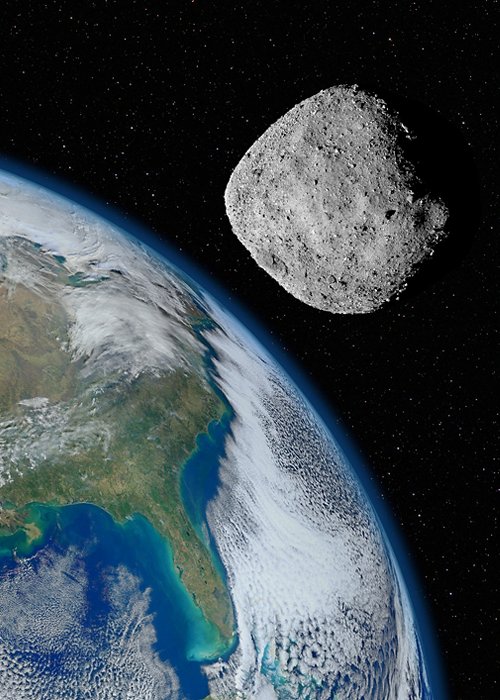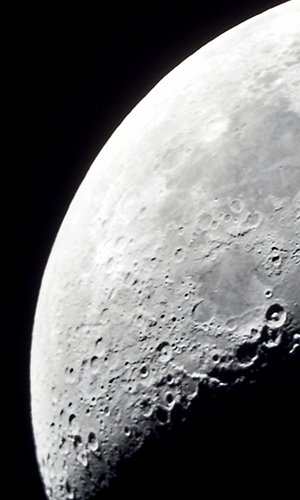An unexpected guest will soon grace our night sky: a mini-moon! We are talking about asteroid 2024 PT5, a small celestial body that, captured by Earth's gravity, will orbit our planet for about two months. What is a mini-moon? Imagine a small space rock, roughly the size of a house, which will temporarily become a natural satellite of the Earth. These events, although fascinating, are not as rare as one might think: over the years, several asteroids have been captured by our gravity for brief periods. Why is 2024 PT5 so special? This particular mini-moon has attracted the attention of astronomers because of its unusual orbit and the relatively long duration of its 'captivity'. With the use of advanced observational instruments, scientists have precisely calculated the trajectory of this small celestial body, giving us a preview of this fascinating celestial spectacle. When and how to observe it? Unfortunately, for amateur astronomy enthusiasts, spotting 2024 PT5 will not be an easy task. As a relatively small and dim object, it will only be visible through large telescopes. Nevertheless, this event represents a unique opportunity for scientists to study an asteroid up close and deepen our knowledge of the Solar System. Why is it important to study mini-moons? Studying these small celestial bodies allows us to better understand the origin and evolution of our planetary system. Moreover, these objects could represent a potential threat to the Earth. By studying their orbits and characteristics, scientists can develop strategies to defend ourselves against possible future impacts. The arrival of the 2024 PT5 mini-moon is an event that reminds us how dynamic and surprising our universe is. While not all of us will have the chance to witness it firsthand, this small celestial body offers a unique opportunity to reflect on our position in the cosmos and the importance of scientific research.





